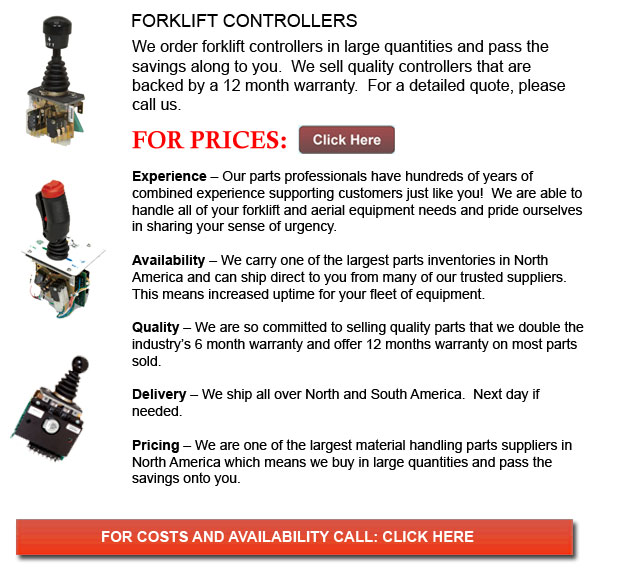
Controller for Forklift - Lift trucks are available in a variety of other units which have different load capacities. The majority of standard lift trucks used inside warehouse environment have load capacities of one to five tons. Larger scale units are used for heavier loads, like for example loading shipping containers, can have up to fifty tons lift capacity.
The operator can use a control to raise and lower the blades, which can likewise be known as "tines or blades". The operator of the lift truck could tilt the mast so as to compensate for a heavy loads propensity to angle the tines downward. Tilt provides an ability to operate on uneven surface as well. There are yearly competitions intended for skilled forklift operators to compete in timed challenges as well as obstacle courses at local forklift rodeo events.
Forklifts are safety rated for loads at a particular utmost weight and a specific forward center of gravity. This essential information is provided by the manufacturer and situated on a nameplate. It is essential cargo do not go beyond these specifications. It is prohibited in lots of jurisdictions to tamper with or take out the nameplate without getting consent from the lift truck manufacturer.
Most forklifts have rear-wheel steering to be able to improve maneuverability inside tight cornering conditions and confined spaces. This particular kind of steering varies from a drivers' first experience along with other vehicles. For the reason that there is no caster action while steering, it is no necessary to use steering force so as to maintain a constant rate of turn.
One more unique characteristic common with forklift utilization is unsteadiness. A continuous change in center of gravity happens between the load and the forklift and they should be considered a unit during utilization. A lift truck with a raised load has centrifugal and gravitational forces that can converge to result in a disastrous tipping accident. So as to avoid this from happening, a lift truck should never negotiate a turn at speed with its load elevated.
Forklifts are carefully designed with a cargo limit used for the tines. This limit is decreased with undercutting of the load, that means the load does not butt against the fork "L," and also lowers with blade elevation. Usually, a loading plate to consult for loading reference is situated on the forklift. It is unsafe to utilize a forklift as a worker lift without first fitting it with specific safety devices such as a "cherry picker" or "cage."
Forklift utilize in distribution centers and warehouses
Lift trucks are an essential component of distribution centers and warehouses. It is vital that the work surroundings they are situated in is designed in order to accommodate their efficient and safe movement. With Drive-In/Drive-Thru Racking, a lift truck should travel in a storage bay that is many pallet positions deep to set down or take a pallet. Operators are often guided into the bay through rails on the floor and the pallet is located on cantilevered arms or rails. These confined manoeuvres require expert operators to complete the task safely and efficiently. Because every pallet requires the truck to go into the storage structure, damage done here is more frequent than with different types of storage. If designing a drive-in system, considering the measurements of the fork truck, as well as overall width and mast width, should be well thought out to ensure all aspects of an effective and safe storage facility.
![]() Click to Download the pdf
Click to Download the pdf
Forklift Parts
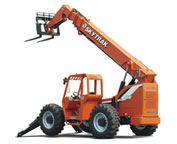


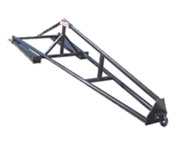
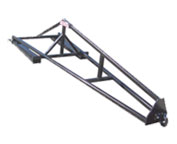

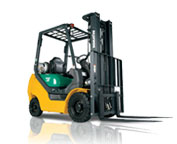
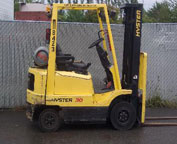
Lift Parts Express
TOLL FREE: 1-888-695-7994
LOCAL: 909-259-9336
1030 NORTH MOUNTAIN AVE 341
Ontario, California
forkliftpartsinontario.com
Email Us
About Us


